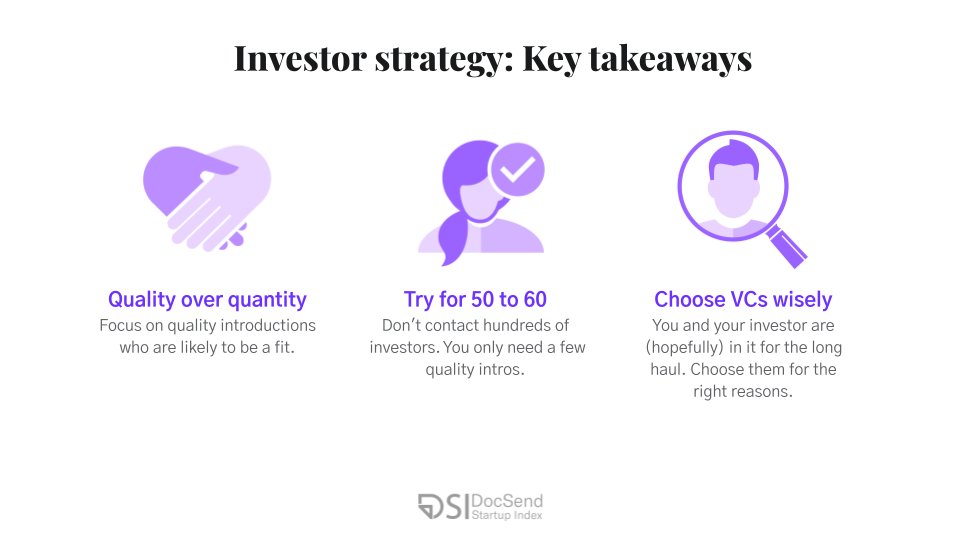
Here are the key findings from @DocSend's latest pre-seed fundraising research covered in today's webinar:
try.docsend.com/pre-seed-fundr…
Thread 👇
try.docsend.com/pre-seed-fundr…
Thread 👇

In 2020, VCs spent over 4 minutes reading decks that successfully raised. Last year, VCs spent more time on decks that were unsuccessful in fundraising. 

When VCs read your pitch deck, they will go back to read it to dig into more slides for more information. 

In the last 6 years, pre-seed has become more defined as a fundraising round. As of 2020, the pre-seed round is more standardized than ever and here to stay.
VCs spent the most time reading the slides on:
• Competitive landscape
• Product readiness
• Business model
VCs spent the most time reading the slides on:
• Competitive landscape
• Product readiness
• Business model

In the pre-seed round, it's increasingly more common to have a product in alpha or beta vs. just an idea.
70% of successful founders had a product to show.
70% of successful founders had a product to show.

How long does it take the average successful pre-seed fundraise to go from first meeting to money in the bank? 

The average number of investors founders contact when raising a pre-seed round vs. how many meetings had. 

The average number of investors founders contact when raising a pre-seed round vs. the funding amount raised. 

Here's what it takes, on average, to raise a successful pre-seed round. There are many variables that impact these metrics, but you can take these as general guidelines. 

Key takeaways on investor strategy for raising a pre-seed round.
• Quality over quantity
• Try for 50 to 60 investor contacts
• Choose your VCs wisely
• Quality over quantity
• Try for 50 to 60 investor contacts
• Choose your VCs wisely

To help create a baseline for the startup ecosystem and community, we aim to help bring transparency to the funding divide based on gender in pre-seed fundraising.
On average, mixed-gender teams raised more capital and had more meetings.
On average, mixed-gender teams raised more capital and had more meetings.

Gender still plays a notable role in fundraising.
We aim to surface this data to bring more awareness to the funding divide that exists.
We aim to surface this data to bring more awareness to the funding divide that exists.

With fundraising going virtual, more founders are starting companies from outside the traditional Silicon Valley.
Here's where pre-seed fundraising is taking place in the US.
Here's where pre-seed fundraising is taking place in the US.

The full 16-page report includes more data, analysis, and important takeaways for founders raising a pre-seed round.
Download the report: try.docsend.com/fundraising-re…
#startups #fundraising #preseed #venturecapital
Download the report: try.docsend.com/fundraising-re…
#startups #fundraising #preseed #venturecapital
• • •
Missing some Tweet in this thread? You can try to
force a refresh



